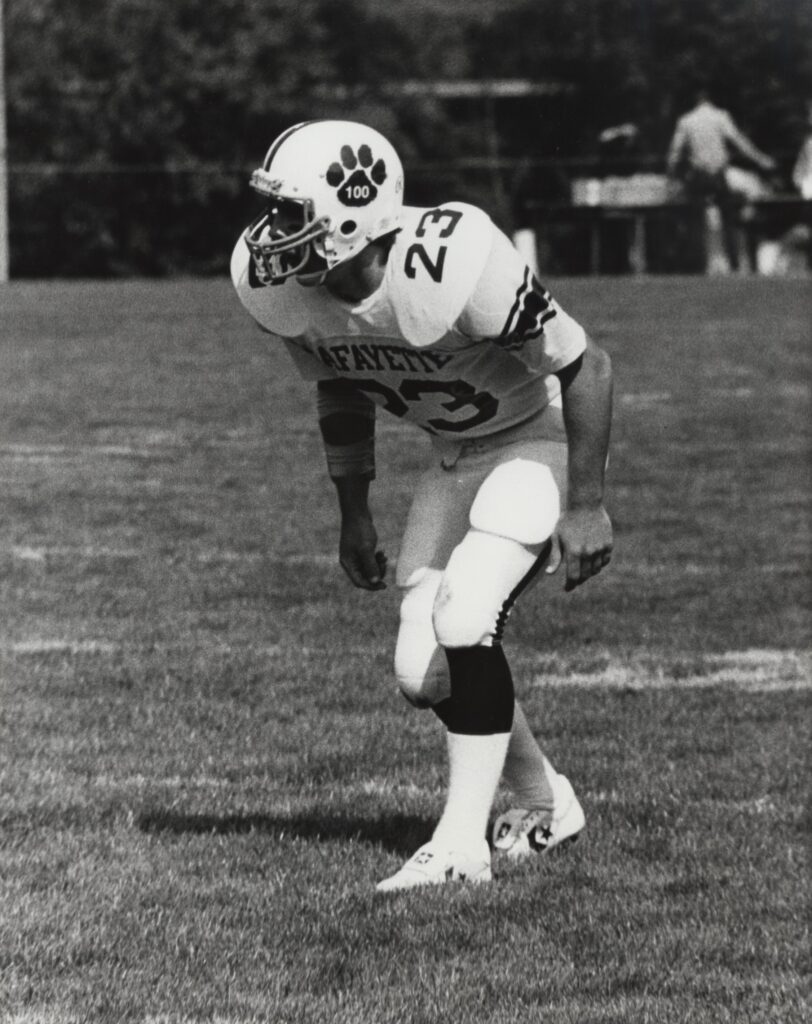
I had this blog post prepared a while back but have been hesitant to share it as we are in a period of extreme change. The blog post will dig into the pain of staying the same, but let’s be clear, change just for change’s sake or radically implementing change carries its own pain, sometimes significant. Change can have collateral damage that needs to be considered in the evaluation process.
“Change comes when the pain of staying the same is greater than the pain of change.” This is often attributed to motivational speaker Tony Robbins; however, I first heard the phrase in 1996 at a sales training, which predates any reference to him I could find.
The point is nothing will change until the pain of staying the same outweighs the pain of making the change. Change always carries some level of pain. It could be just a bit of discomfort, or it could be anxiousness, maybe even debilitating. Being pushed outside our comfort zone can be unsettling. We want to go back to when things were easy, and we knew the answers or what was expected.
In a crisis, pain is everywhere, and change happens. Sometimes, as in a death in the family, change is not our choice, and we are forced to face the discomfort and fear of a new reality.
Procrastination is often linked to the “pain of change.” The act of putting off tasks is a way to avoid the discomfort associated with starting something new, stepping outside one’s comfort zone, or facing the challenges which come with change. Procrastination is not the absence of will, it’s the presence of pain of change. We sometimes procrastinate even when it means experiencing greater stress or negative consequences later. The expressions, “I just never got around to it” or “I can’t be bothered” are reflections where there is a lack of awareness of the pain of staying the same. Indifference could also apply here.
However, if we don’t recognize the pain of staying the same, we will never change. There is always some level of discomfort remaining in the current situation. We often favor the status quo. We will avoid pain by ignoring it, in a way that common everyday pain goes unnoticed. We delay dealing with current pain, not expecting or realizing the future pain which will occur. We trade pain in the moment for years of accumulated hidden pain that becomes a crisis.
Recent events are ideal examples of avoiding pain now where future pain is more significant. Bridges that should be closed for maintenance and upkeep are not because of the traffic nightmares that may create. Only to have that bridge fail completely and create long term traffic issues and possible loss of life. There are those who do not want to deal with the pain of uprooting and evacuating in the path of a hurricane and instead stay, resulting in a loss of life. I touched on the pain of staying the same in farming with an earlier blog post. Often, elective Surgery is a choice of pain now as opposed to greater pain later.
If an individual, customer, organization, or community says they don’t have pain, is that really true? It is not always obvious. Sometimes the pain is subtle enough not to be felt now, but over time the accumulation of pain can become worrisome. Social systems, like companies, cities, even our nation, resist change. They bury or ignore the pain. Most will remain in equilibrium or the status quo until there’s enough disruption or need to spur change. Until it becomes a crisis and the pain of staying the same is too great.
There is purpose in pain. Pain can be a highly effective instructor. It protects us in the long run. It can be meant to prevent, or lessen, future pain. Pain prompts us to change behavior that is destructive to ourselves or to others. The consequences of our actions can provide the necessary pain that motivates us to change.
It is inconceivable to find pain relief at the same level of awareness in which we feel the pain. Pain clouds our ability to see something new. Albert Einstein, famously said, “We cannot solve our problems with the same level of thinking that created them.” A shift in perspective or approach to find solutions is required. Relieving pain is the same, it takes a shift or clarity to see the pain. It takes effort, empathy, and concern.
Change the perspective on the fear of pain. Look at it as a sacrifice and act of love. People find fulfillment in sacrifice when it’s worth it, when the pain balance tilts appropriately. Opportunities and value can be created by change. Theologian and pastor Tim Keller has the quote, “Change happens not just by giving the mind new arguments but also by feeding the imagination new beauties.” This mindset adds value to the change by engaging emotions, creativity, and imagination. This reduces or lessens the pain.
During the Exodus the Israelites kept looking back to Egypt with longing, wishing they were back in captivity, to the life they were well adapted in. The Israelites knew what Egypt had to offer and what was expected. The pain of walking the path that God had put them on was too much. They struggled to comprehend the hidden pain of being enslaved and what the change meant for their, as well as future generations, promise.
There is a hidden pain to stay the same in our spiritual life. We need to aspire for the pain of growth, more so than seeking comfort. We often do the same things over and over while expecting a different and better outcome. Ironically, we ask God for the change we are unwilling to take care of ourselves.




